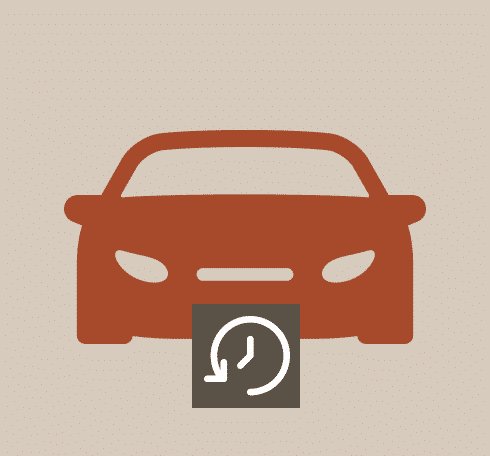The Big Read: History of Brilliance Jinbei (part 2)
This part picks up the company history in 2002 after chairman Yang Rong was forced out.
Picking up the pieces
After the Yang’s removal, Brilliance’ state of chaos requires a thorough reorganization. Under direction of Bo Xilai, Liaoning province re-instates its control over Brilliance and Jinbei. The first step is establishing Huachen Automotive Group Holdings, where Huachen is the Chinese translation of Brilliance. Just to keep things nice and simple. Huachen then buys all of the Brilliance shares of Yang’s Development Fund for a fraction of their nominal value. As a result, Huachen becomes the controlling shareholder of Brilliance.
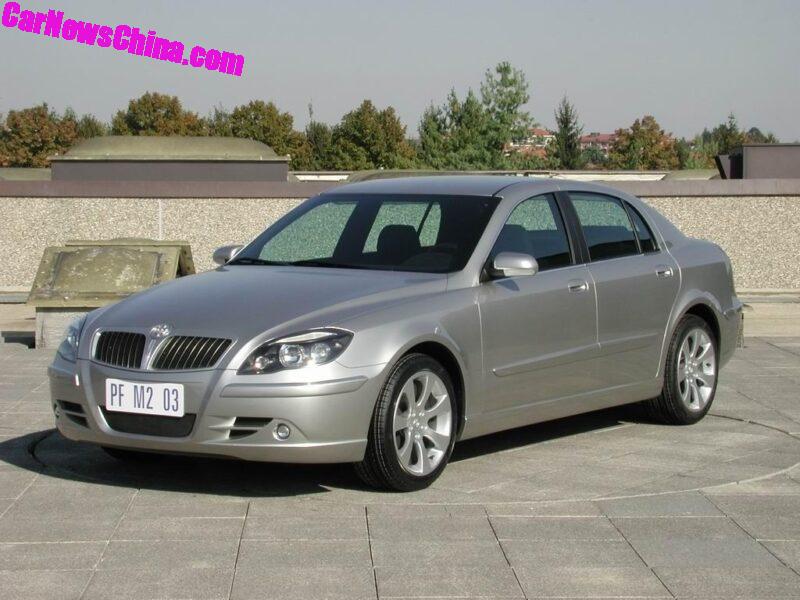
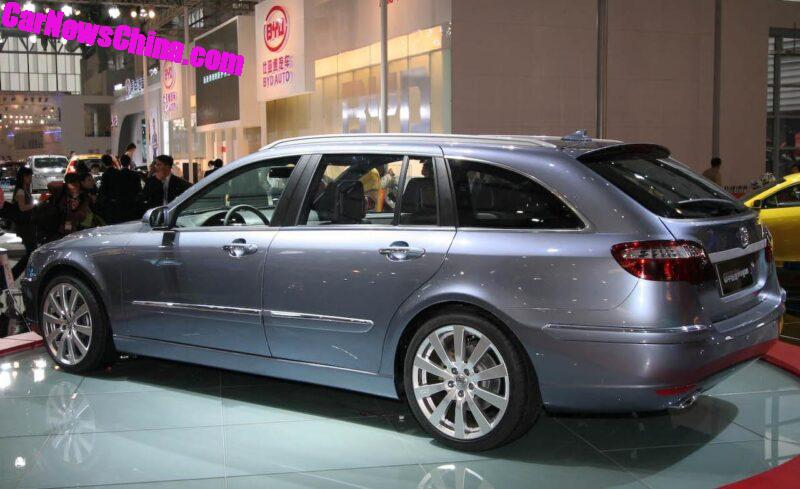 Zhonghua Junjie (Brilliance BS4) as sedan and stationwagon
Zhonghua Junjie (Brilliance BS4) as sedan and stationwagon
Not much later, Huachen also buys back Jinbei Auto from FAW through a very complex transaction, that transforms Jinbei Auto into a subsidiary of Brilliance, although there are all kinds of holdings in between. The next step follows in 2007 when Brilliance is delisted from the American stock exchange. Instead Brilliance is listed in Hong Kong. This completes Bo’s coupe d’état and places Brilliance firmly under state control.
The actual structure of the company is as follows. State holding company Huachen owns 42.3% of Brilliance and the rest is publicly traded (Huachen does have a majority of voting rights). Brilliance wholly owns Jinbei Auto and manages two car manufacturers. It controls 41% of old truck factory (now renamed Shenyang Jinbei Vehicle Manufacturing) through Jinbei Auto (the rest is publicly traded) and 51% of the old van factory (now called Shenyang Brilliance Jinbei Automotive) with the remaining 49% in the hands of Jinbei Auto.
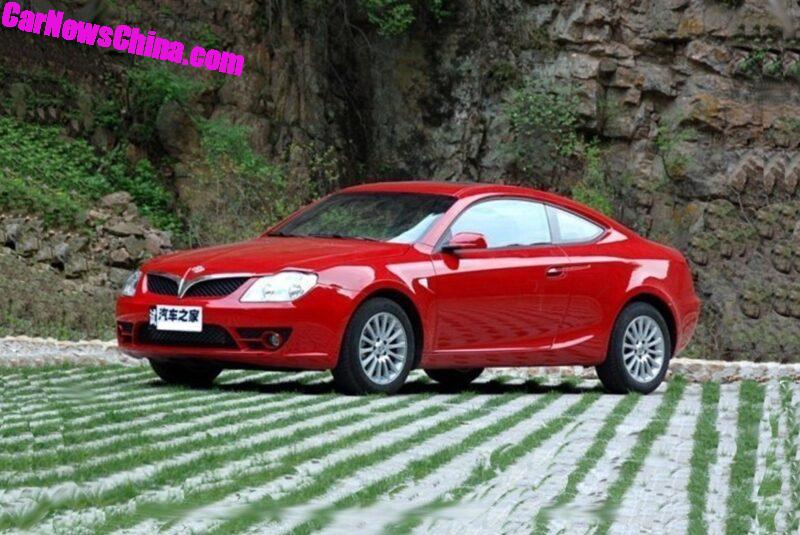
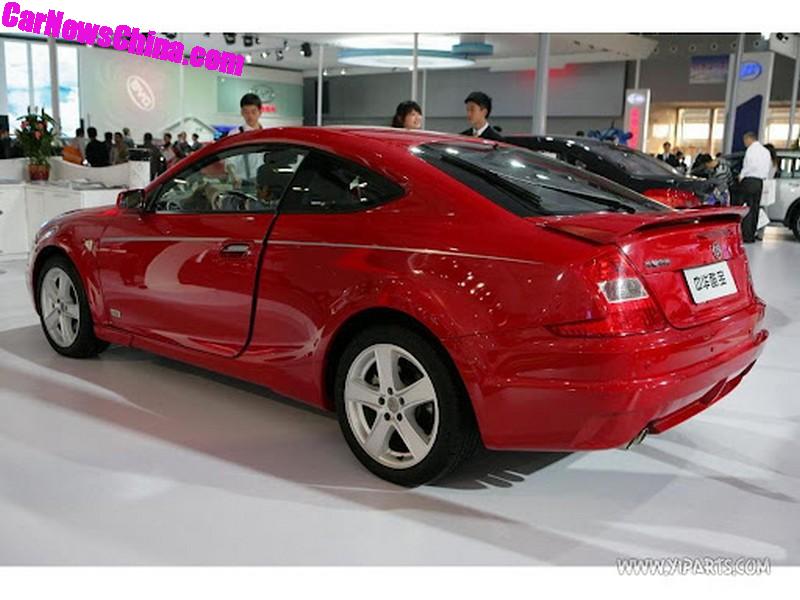 Zhonghua Kubao (Brilliance BC3) coupe
Zhonghua Kubao (Brilliance BC3) coupe
Needless to say, the joint venture with MG Rover never went ahead. But Brilliance had another trump up its sleeve: BMW. Brilliance was already familiar with the Germans because of their earlier negotiations about Land Rover. In 2003 the two parties establish a joint venture between Jinbei Auto and BMW. Bo Xilai ensures that the new BMW factory is erected almost next to the factory for Zhonghua models.
Another crisis, another strong man
While the trucks and vans provide the revenue, Brilliance tries to develop its Zhonghua brand in the first half of the 2000s. Export to Europe, among other things, is high on the agenda and Brilliance brokers a deal in 2007 with a large German dealer organization, that will distribute the cars across the continent. On paper it looks promising. The Zhonghua cars have a modern platform, look attractive and cost a lot less than local brands.
It is therefore not surprising that the German car industry does not like to see the newcomer on their home turf and they start an underhand campaign to discredit the brand. The most obvious example is when a German agency crash tests one of the Zhonghua models (for the Chinese market) according to EuroNCAP standards. Although the car scores quite well, good enough for 3 stars with other participating European sister organizations, the lack of an ESP system is used by the German ADAC to not award those stars. “Zero stars for unsafe Chinese car” is the headline in the European car press and the damage is done. All Zhonghua export models would be equipped with the ESP system as standard, which was already known at the time of the crash test. A handful of Zhonghuas (as Brilliance BS4 or BS6) are sold in Europe, but the German importer quickly throws in the towel.
 Brilliance BS4 crash test
Brilliance BS4 crash test
In China itself Zhonghua does well for some time. The brand’s cars are more advanced than the Chinese competition’s proprietary products and high profile power struggle does not seem to affect sales too much. For a while. In 2004 Zhonghua sales drop 60% and Jinbei vans 20% and the company turns to loss. The Chinese customer has decided Zhonghua does not keep up for the rapid developments of the market and turns to other (new) brands. Meanwhile the Brilliance board of directors seems to have a revolving door employment policy with countless changes of leadership. Talented engineers and managers leave the company to pursue other opportunities.
In these circumstances the deputy mayor of Dalian City becomes the new chairman. More importantly, Qi Yumin has enjoyed a long career in business management before his job in Dalian. He makes some aggressive changes, securing credit lines with banks, lowering prices of the cars (so the Zhonghua models drop from semi-premium to mainstream) and selling some marketing and sales channels to the BMW Brilliance joint venture. The turnaround is quick, in 2007 Brilliance makes 130.000 cars (Zhonghua and Jinbei) and returns a healthy profit.
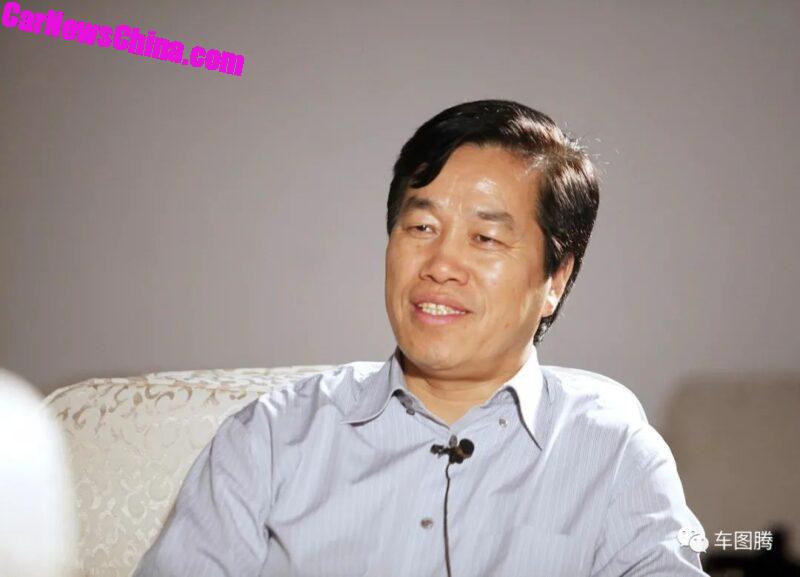 Qi Yumin
Qi Yumin
Qi Yumin makes far reaching decisions, the most important one is probably to rely on mature technology from outside suppliers instead of creating its own R&D. It saves time and money, but it also makes the Zhonghua brand lose its cutting edge technology lead among domestic brands. The return to profit for the self-owned is short lived. In 2009, Brilliance transfers the entire Zhonghua estate to parent company Huachen, so that it is no longer on the listed balance sheet.
Walking a tight line
In 2014 Brilliance made a renewed attempt to create a premium car with a new brand name, the Huasong 7. This MPV relies entirely on BMW technology and has quite large dimensions. Once again the car is an excellent attempt by Chinese standards, but the Huasong is not a commercial success either.
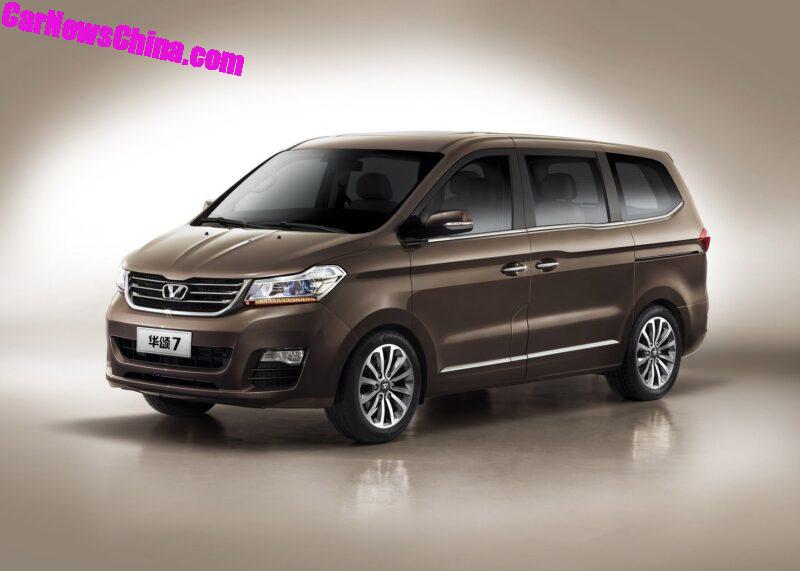 Huasong 7
Huasong 7
Things are going well for Jinbei for a long time. The brand has always been successful with the Toyota technology-based vans. A distant descendant of the model from the 80s is still available, but also modern variants. In addition, Jinbei also plunges into the passenger car market. This happens when Brilliance buys and modernizes a bankrupt car factory in southern Mianyang. Initially they restart the production of pickups and SUVs already made before the bankruptcy. Not much later, a whole palette of ordinary passenger cars follows. Jinbei clearly focuses on the budget market. The cars are cheap and simple SUVs or MPVs for rural China.
 Jinbei 750, a cheap MPV
Jinbei 750, a cheap MPV
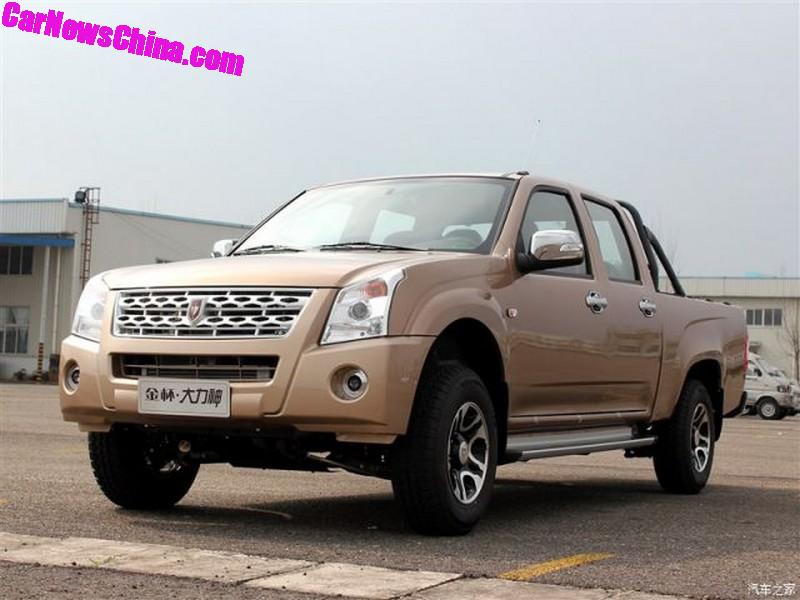 Jinbei Dalishen pickup
Jinbei Dalishen pickup
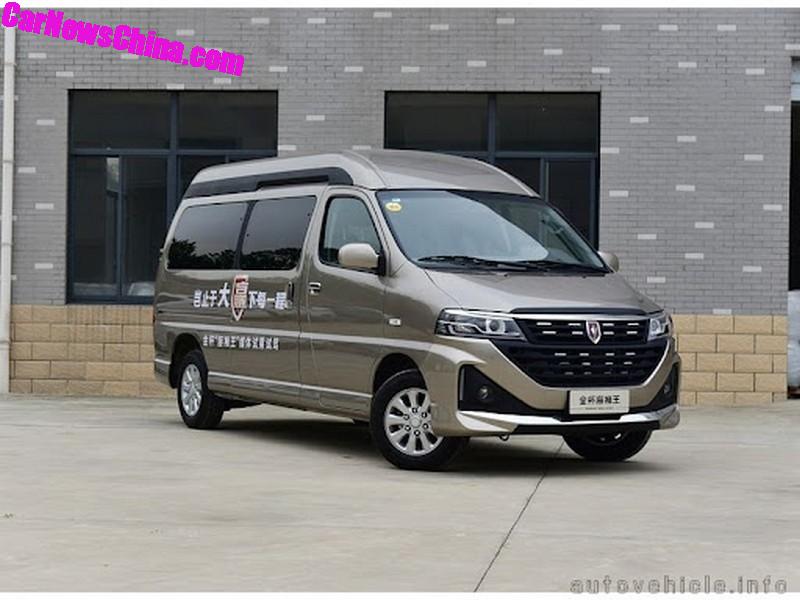 Jinbei Granse, based on Toyota Granvia
Jinbei Granse, based on Toyota Granvia
Meanwhile an entire range of minibuses and mini trucks have appeared under the Jinbei brand as well. These cars are developed and built in collaboration with motorcycle manufacturer Shineray from Chongqing. Huachen and Shineray (Xinyuan in Chinese) set up a joint venture in 2008. Initially the cars are sold exclusively under the Jinbei brand in China, Shineray is reserved for the export versions, but more recently some Shineray models are also available in China. These models are New Energy Vehicles, or electric cars.
 Jinbei Haixing X30, made by Brilliance Shineray
Jinbei Haixing X30, made by Brilliance Shineray
And that brings me to the following. Brilliance and Jinbei have spectacularly missed the entire Chinese NEV market. They hardly make any electric or electrified models and those Shineray vans are developed by a subsidiary of Shineray. Under Qu Yumin’s rule the Zhonghua range of cars is renewed in the first half of the 2010s, but very little has happened since. The same neglect for new products is apparent with the Jinbei passenger cars. After the initial launch, very little development has been brought to the market.
Decline and bankruptcy
Zhonghua’s decline is spectaculair: from 150.000 cars sold in 2016 to a little over 3.000 in 2020. All the while, the Brilliance Group is still profitable. The explanation lies in the great success of the joint venture with BMW. This joint venture is ultimately the big money maker for Brilliance, so that’s where the focus is. It’s own brands are on life support from the proceeds of the BMW Brilliance joint venture. This is an unsustainable policy, which is underlined in 2019. After the central government lifts the restriction on foreign ownership of Chinese car factories (to be effective in 2022), BMW intends to acquire full control over the joint venture. Brilliance shareholders agree to sell half of their shares, so BMW will own 75% of operation next year. It also means Brilliance’ profits from the joint venture will be cut in half.
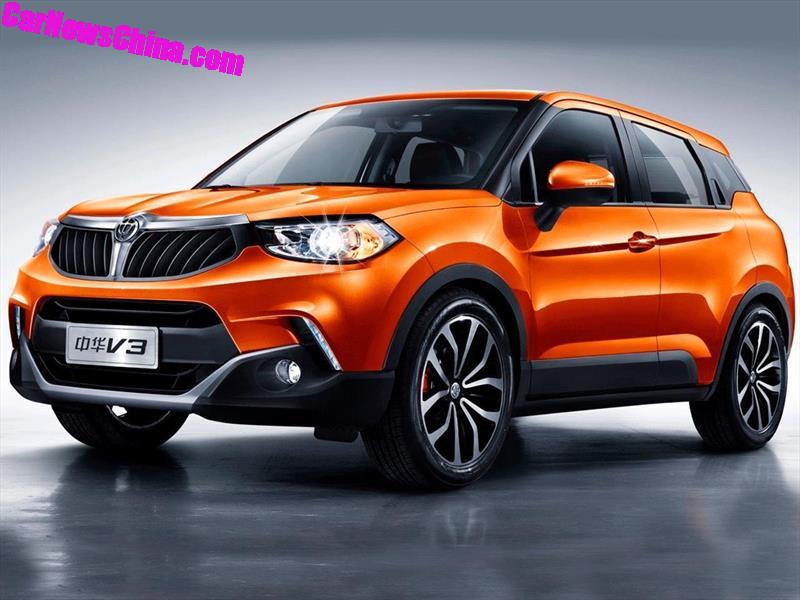
 Brilliance current line-up mostly consists of SUVs, like the V3 and V6
Brilliance current line-up mostly consists of SUVs, like the V3 and V6
Qi Yumin is forced to take drastic measures again.
In December 2017 he sells half the passenger car unit of Jinbei (Brilliance Jinbei) to Renault for the amount of 1 yuan. So it becomes an 51/49 joint venture between the Chinese and French. The next year, he sells the entire stake in Brilliance Shineray. Then it’s time to rebuild the remaining parts of the empire. Qi can rely partly on the engine and components business, but it’s not enough to support the entire company. He makes little effort to revive the Zhonghua brand, but does invest in NEV technology. In 2018 Briliiance and LSEV- and e-bike manufacturer Xinri set up a new joint venture for small electric vehicles.
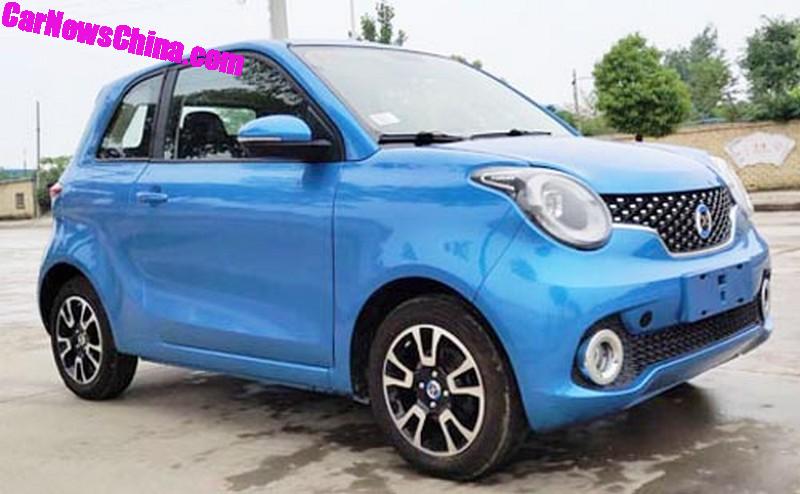 Brilliance Xinri i03
Brilliance Xinri i03
It is not enough though. As covid hits, Brilliance operations are stalled for extended periods. The company only sells a bit over 3000 vehicles in the first half of the year and total debt rises to almost $15 billion. In August all operations come to a full stop. In October the company forfeits a bond repayment of almost $1 billion and creditors start bankruptcy proceedings. In November a Liaoning court enters the company in official bankruptcy and reorganization proceedings, placing it under control of an curator. In December investigations start against Qi Yumin over suspicions of fraud.
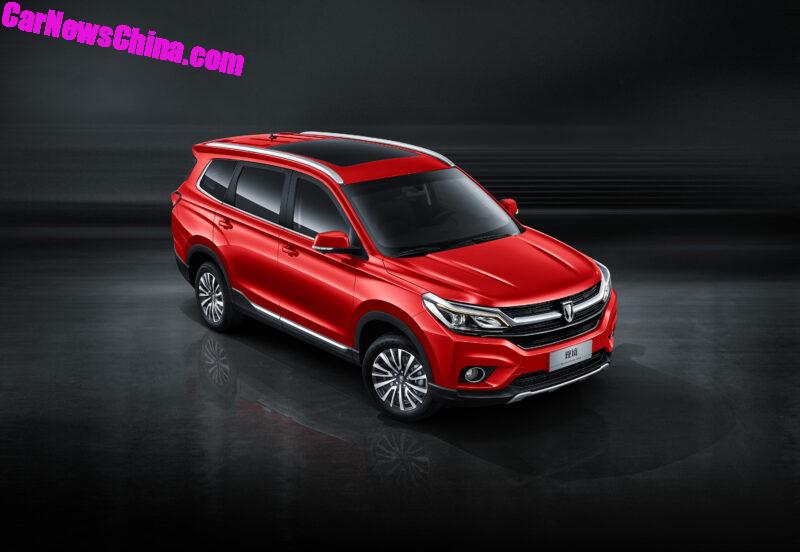 JInbei Guanjing (Konect), based on Renault Kadjar
JInbei Guanjing (Konect), based on Renault Kadjar
Brilliance’ bankruptcy is remarkable because so far (local) governments did the upmost to protect their local businesses, but Liaoning province decided not to spend public anymore on the recurring losses of the automaker’s Chinese operations. The bankruptcy procedure is usually a lengthy one. Debt recovery and a restart of operations are the objective. In the case of Brilliance it might prove to be difficult. On the one hand it’s hardly imaginable that such a large company will be liquidated, on the other the huge debts are hard to ignore. In the early part of the proceedings rumors appeared about a possible takeover by FAW, but it has been silent since.
The bankruptcy proceedings do not affect the listed companies of the company, such as the Xinchen Engine company or its joint ventures with BMW and Renault.
Company overview
All right, let’s take look at the Brilliance group of companies. Below is a simplified corporate structure. A more elaborate one is at the very end of the article, for those who might be interested.
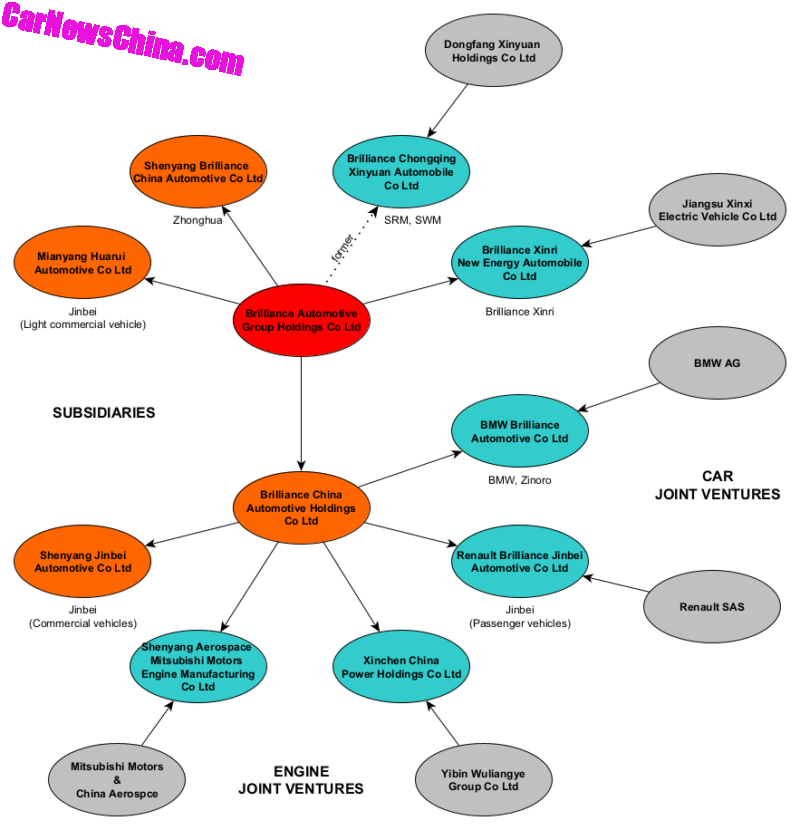 Brilliance corporate overview (click to enlarge)
Brilliance corporate overview (click to enlarge)
Brilliance (“Huachen”) Automotive Group Holdings Co., Ltd.
Wholly state-owned holding company for the Brilliance Group. This holding was created in 2002 by the Liaoning government after the power struggle between Yang Rong and Bo Xilai and used to re-unite all the parts of Brilliance and Jinbei.
Shenyang Brilliance China Automotive Co., Ltd.
Operating company that produces the Zhonghua vehicles in its own factory in Shenyang. Until 2009 it was a subsidiary of Brilliance China, a listed company. Shenyang Brilliance was transferred to remove the loss-making financials from the public annual reports.
Mianyang Huarui Automotive Co., Ltd.
At the end of 2006, Brilliance bought a bankrupt car factory in Mianyang, Sichuan province. The company has grown into a large production facility, usually referred to as ‘the southern base’. The Xinchen engine factory is located here as well. Mianyang Huarui does not carry its own brand, but makes several Jinbei models for other companies in the group, mainly pickups, light trucks and a few passenger cars.
Brilliance Xinri New Energy Automobile Co., Ltd.
Joint venture between Huachen and Jiangsu Xinri Electric Vehicle, a light electric vehicle maker from Wuxi, Jiangsu province. Currently makes one minicar under the Brilliance Xinri (Sunra in English) brand.
Brilliance Chongqing Xinyuan Automobile Co., Ltd.
Originally a joint venture between Huachen Group and Dongfang Xinyuan Holdings (or Oriental Shineray Holdings in English). Now owned by Xinyuan Holdings (80%) and a subsidiary of Beijing North Industry (20%) and no longer part of Brilliance. Currently it produces minivans under the Shineray (now SRM) and SWM brands, it used to make Jinbei minivans as well. More on Shineray in a future Automaker Profile.
Brilliance China Automotive Holdings Co., Ltd.
Continuation of the original Brilliance company founded by Yang Rong. Listed on the Hong Kong stock exchange. Acts as main holding for the Brilliance group of companies.
Renault Brilliance Jinbei Automotive Co., Ltd.
Company that traces back to Shenyang Auto Repair & Assembly Factory. Later known as Jinbei Automobile and Brilliance Jinbei Automobile (after 2002). Now a joint venture between Brilliance and Renault. It produces the bulk of the Jinbei passenger cars and the Toyota-based vans. In the future, Renault commercial vehicles should also roll off the production line .
BMW Brilliance Automotive Co., Ltd.
This is a joint venture between BMW and Shenyang Jinbei Automotive Industry, which in turn is a subsidiary of Brilliance through various intermediate holding companies. BMW Brilliance has two car factories and an engine factory in Shenyang. There they make a selection of regular BMWs, including the extended version of European models, and a sub-brand called Zinoro. Zinoro is BMW’s NEV brand. Their only model at the moment is a plug-in hybrid based on the X1.
Shenyang Jinbei Vehicle Manufacturing Co., Ltd.
More intermediate holdings , but ultimately also part of Brilliance is Jinbei Vehicle Manufacturing. This is the distant successor of Shenyang Vehicle Manufacturing Plant, the truck factory that started it all in 1958. Jinbei Vehicle Manufacturing still makes trucks (they’re called JBC today), a few pickups and light commercial vehicles, which are different from Renault Brilliance and Brilliance Xinyuan products.
 Brilliance Group, car & engine operations (click to enlarge)
Brilliance Group, car & engine operations (click to enlarge)
Read more Automakers Stories
Every week we publish one exiting article about history of famous Chinese Automakers. Check the ones you haven’t read yet.
